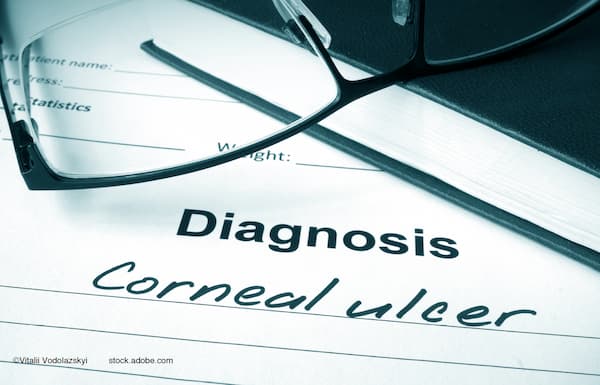Article
Looking beyond 20/20 vision
Market knowledge + product knowledge + professional selling skills/customer service skills = SUCCESS!
Market knowledge + product knowledge + professional selling skills/customer service skills = SUCCESS!
Success is a satisfied patient that will not only recommend your practice and dispensary, but also will return for follow-up care and additional eyewear or contact lenses. That kind of success in the ophthalmic business is obtainable. Just look at the numbers for 2005:
(Note: Statistics are approximate and based on Vision Watch.)
An eyewear patient can be worth a minimum of $25,000 over a lifetime. An ophthalmology-based patient can be worth a minimum of $100,000. Your investment in that patient can pay dividends many times over, but all of your patients must be satisfied and then recommend your practice to new clients.

Prescription analysis
Professional selling skills for eye-care professionals are what I describe as "prescription analysis." Prescription analysis is the art and science of communicating the features and benefits of products to meet the visual needs of your patients. It is the system to create the optimum solution for each patient.
My professional selling skills for eye-care professionals are divided into five simple parts. The chief products that you need to concentrate on are:
Think about vision care beyond 20/20 vision. For example, a patient may have a pair of thick, glass lenses in a heavy acetate frame with no style. But, when you look at that patient beyond 20/20 vision, you should see ways to enhance:
Each aspect requires additional scientific knowledge of special products to give optimum visual performance. My prescription analysis system has five simple parts, which are fast, easy, efficient, and can help minimize your exposure to a lawsuit. The five parts are the eye examination, visual case history, demonstrations, computer-aided demonstrations, and close the sale.
1. The eye exam
First, a new type of prescription pad should be created. The enhanced prescription form should include lifestyle questions and actual recommendations. These forms will not only force explanations of optimum products but will help grow your practice in the process.
The prescription form should be completed in triplicate:
A patient does not have to buy a recommended product but should be made aware of features and benefits as well as why the most advantageous product is justifiably more expensive.
Newsletter
Don’t miss out—get Ophthalmology Times updates on the latest clinical advancements and expert interviews, straight to your inbox.




